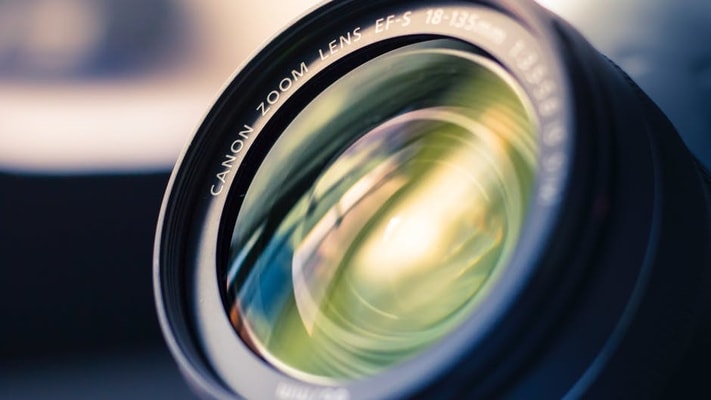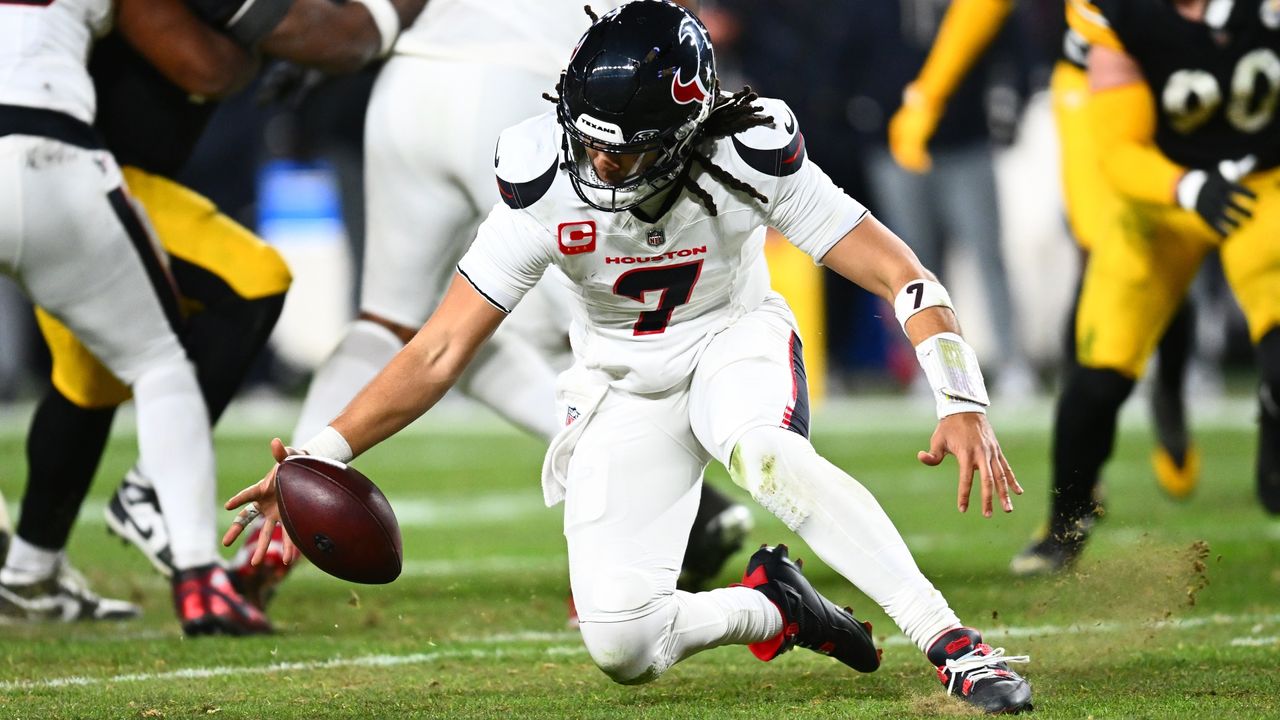
The zoom lens is a marvel of technology that gives us the ability to, as you guessed, zoom in and out. But you shouldn’t go overboard with the zoom. A zoom happy photographer can ruin a shoot and annoy audiences. When you use it intelligently, it can be extremely effective. It’s very easy to take the zoom for granted, especially now that filmmakers have stock lenses for DSLRs and mirrorless cameras that offer great flexibility and range to zoom easily and often. In this post, we are going to look at how zoom lenses work and some best practices to help you use them effectively and properly.

How Zoom Lenses Work
Let’s start with a definition. According to Life Wire, “the zoom lens measurements for a digital camera signify the amount of magnification the lens can produce.” Which sounds pretty straightforward, but let’s look at how the mechanisms work to change the focal length and your angle of view. A simplified zoom lens works by combining two parts: a focusing lens similar to your standard prime or fixed lenses and an afocal zoom system – which is the sliding element that does not focus on light. Rather, it focuses on altering (and thus magnifying) the size of the light.
What’s important is that while the zoom comes from the sliding lens, it is necessary to compensate for any movement of the focal plane to keep the focused image sharp. That means you either have to physically move the camera or move the focal plane to compensate.
Life Wire also explains the different types of zoom lenses:
“The numbers can be confusing, however, because some manufacturers highlight different measurements, including optical zoom, digital zoom, and combined zoom. Keep in mind when working at understanding zoom lenses:
Optical zoom is the most important zoom measurement because it measures the focal length range of the lens, based on the actual physical construction of the lens. As the camera moves the glass elements in the lens, the focal length for the lens changes, giving it the focal length range that’s desired in a zoom lens.
A digital zoom lens is a focal length range simulation that the camera’s software creates. Rather than moving the physical elements of the lens to change the focal length of the lens, the camera’s software magnifies the image as displayed on the LCD screen, creating the illusion of a zoom lens. Because a digital zoom measurement just magnifies the image, it can result in a loss of sharpness in the photo, so using digital zoom isn’t recommended unless you have no other choice.”
How to Zoom Properly
For filmmaking, it’s important to understand how your zoom works, but it’s also important to understand what zooming is meant to do for your audience. Zooms can be quite abrasive at times, which can be a stylistic decision, but that often ends up being an unintended consequence as well. On many professional production shoots, zooming is quite intentional and relies on a focus puller to compensate.

To Zoom or Not to Zoom?
Once you feel you’ve mastered the art of zooming, it’s time for you to decide when you actually want to use a proper zoom. Famous filmmakers have different opinions on the zoom. Stanley Kubrick, for example, demonstrates that zooms can create quite a cinematic effect when used slowly and artistically As can be seen in Barry Lyndon. Quinten Tarantino uses a more heavy-handed crash zoom, which can appear as a retro filmmaking technique. On the other hand, zooms have grown less popular in cinema settings. Instead, they have found a home in reality television, where they portray real life and home video quality.
A zoom is a practical and stylistic option for your production, but it’s not a perfect tool for every situation. Pick your spots, and focus your intentions for optimal results.



